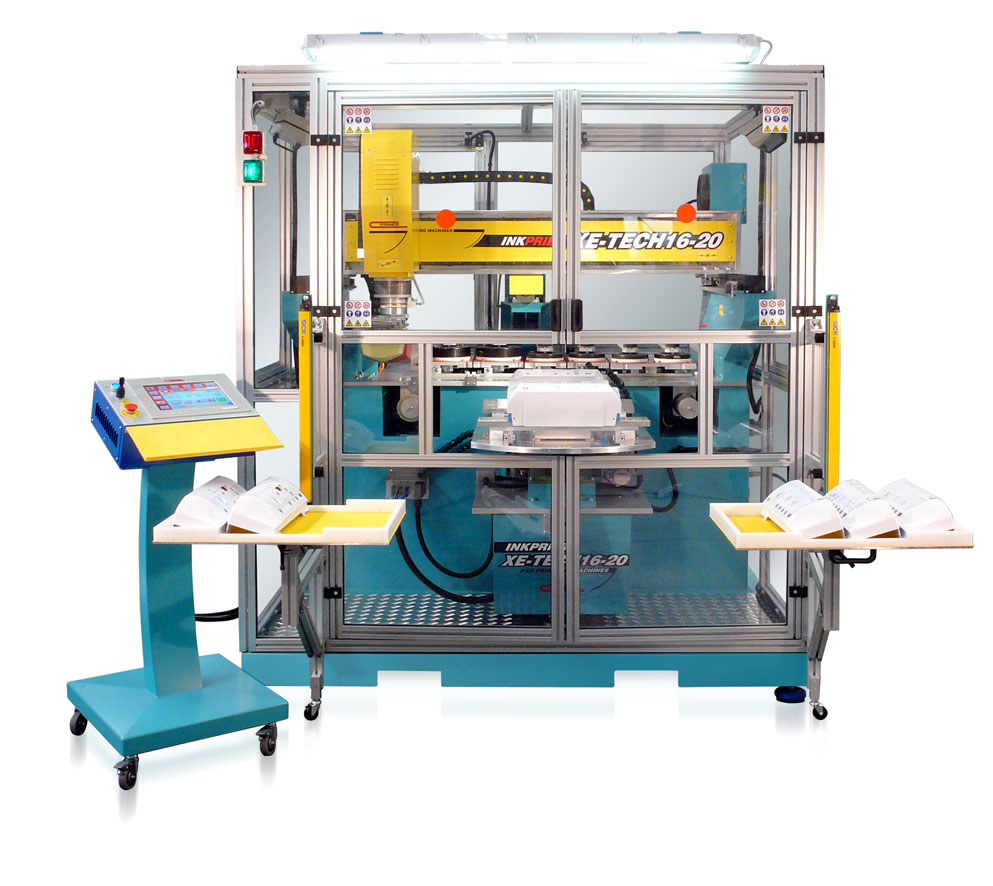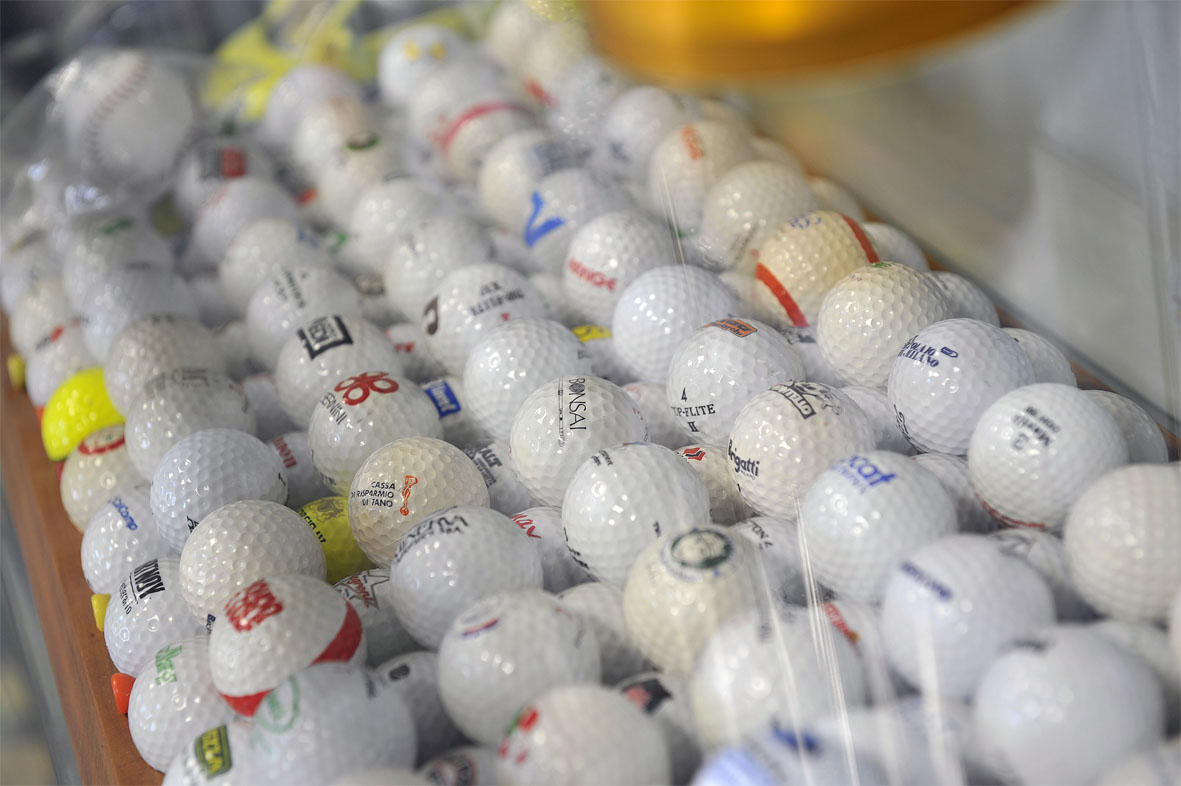The etching process of the photopolymer and steel pad printing cliché
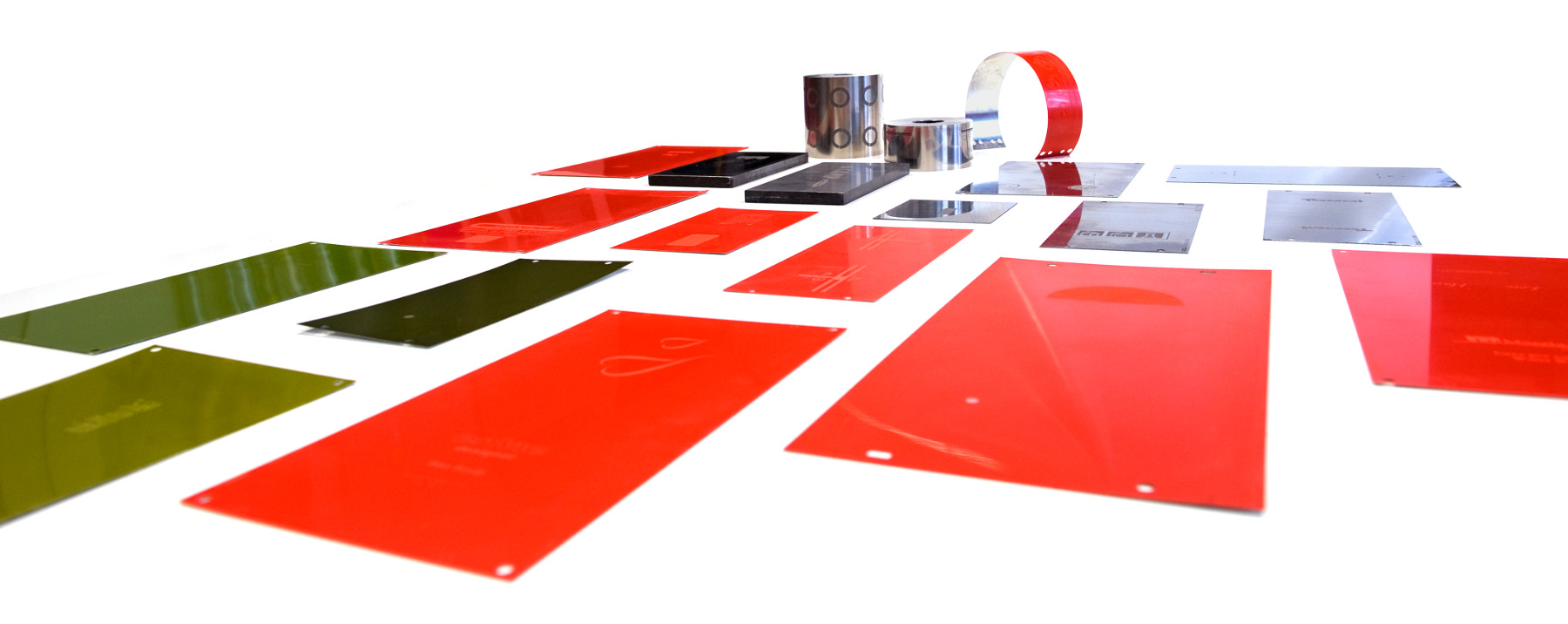
A practical guide detailing the production of the plates for pad printing drafted with the advice of the best technicians in the industry *
Anyone who has anything to do with the pad printing at the professional level agrees with this statement: a cliché well done allows you to achieve an excellent print resolution for a large number of repetitions.
The base from which to produce a cliché, both photopolymer and steel, is the film. It is an accurate printing in black color on a transparent film (as transparent as possible, less than 0.06 log) equipped with a matt surface, that is opaque. There are specific printers for it, said imagesetter, producing films in high definition. However, it is also possible to do these prints with inkjet or laser, taking care to observe some tricks to get adequate results. The most important thing is that the color on the film is black opaque, with a density of blackening over 3.50 log. The reason is simple: because in fact we are working with a photosensitive material and obtaining the drawing / writing / logo to be printed from the area that is not exposed to light, the film in those areas should be black enough to not make light pass, otherwise the process would be undermined.
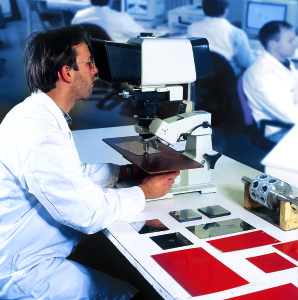
The incision for the pad printing can be done on photopolymer plates (nylon) or on steel plates. On the whole we can say that the nylon allows to obtain a higher resolution, than steel last longer in time, is more resistant and more printed pieces can be done with the same plate, i.e. they have a lesser replacement.
To etch a photopolymer plate, that is a polymer sensitive to light (UV light), we have to work in an environment with yellow security light.
The first stage of the etching process involves placing the film with the drawing to be printed on the plate, with the matte and inked surface in contact with it. Then inserting the two parts in the chamber of exposure to UV lamps, equipped with housing tray, plastic sheet and vacuum pump, which guarantees a perfect adhesion and plate cleaning, eliminating impurities and air bubbles. It is left in exposure for 90 seconds.
Subsequently, the same operation is repeated, with a half tone screen instead of film, in the same position: inked and matte part in contact with the sheet. The screen is a film that brings into relief a dense grid; there are different types, the most widely used for the photopolymer are 120 lines 90%, 90% 80L, 54L 90%. It is necessary in order that the inner surface of the incision is not completely empty, so as not to contain an excessive dose of ink (then adjusts the amount of ink in the cliché). In fact it creates in the incision some cones that partially fill it. The choice of the half tone screen suitable for printing that we must perform is the most complex part of the work. If for example we have to print on porous surfaces such as cloth or paper, the perfect screen is 54L 90%.
The etching time is 90 seconds again. Adjusting intensity of the screen and the exposure time optimal cliché for each type of material and printing can be obtained. The basic rule to remember is this: the more time you leave the plate to exposure with the half tone screen, shallower will be the incision; the less time you leave it, the deeper the engraving will be.
After the exposure with the screen, the part to be engraved, which has not taken the light, is embossed on the plate. At this point, you put the plate in a bath of alcohol 94 degrees with 10% of water. You should fix the plate to a magnetic surface that rotates on some brushes within the bath; thanks to this procedure we obtain the removal of the part in relief, and then the realization of the incision itself. This process can also be done by hand with a sponge and alcohol, but the machine guarantees a uniform brushing and then a more precise work. The important thing is not to put excessive pressure cleaning. The alcohol temperature must be of 2o/25 °C: working on the cold the plate does not be engraved.
The cliché is cleaned with compressed air. It is good practice at this point of the process put it in the oven at a temperature of 80 °C for about 10 minutes, and then later re-exposure to UV rays for another 130 seconds.
When finished, the incision should be visible but not tactile. This is because as we have mentioned the half tone screen must “fill” the inner surface of the incision, and has the function of “supporting”, with its pointed cones, the inkcup during its passage, preventing that it “fall” within the incision and damaging in the long run the cliché, and “throw out” the ink (phenomenon of scooping), which instead should be within the incised area, where the pad will pick it up.
Comec Italia has a full range of photoexposures, suitable for the needs of businesses of all sizes, that allow you to do all this with just one machine: they are equipped with UV exposure chamber with vacuum pump, alcohol incision tank and oven for drying of the finished printing plates.
The steel plates etching process is more complex and requires perhaps a bit ‘more of technology and craftsmanship. If implemented properly it can have remarkable results.
First we must say that there are different types of steel plates: the thin plates, those thick and cylinders for rotary machines. The thick plates are more resistant and allow to produce more pieces before deteriorate.
All the steel plates for cliché should be coated with a layer of Photoresist. The Photoresist is a substance that is easily removed by caustic soda if it has been previously exposed to UV rays and which instead is very resistant to ferric chloride / sodium persulfate if it was not impressed. The layer can shoot up to excessive exposure to UV rays.
Comec Italia provides already sensitized plates, covered with Photoresist and ready to be engraved. In the past, people used mainly two methods to spread the Photoresist on the plates: by immersion on thin plates and by means of centrifugal on those thick. This type of plates must also be subjected to a lapping process, i.e. a sanding with abrasive powder in an oily solution which occurs through the rotation of the workpiece and makes the steel surface perfectly smooth. Then the piece is washed and degreased with an alkaline solution.
Once perfectly prepared plates, we can begin the process of engraving. There are two different etching processes for steel plates: with water and with solvent. Initially it proceeds as in the case of the photopolymer: the first UV exposure is performed by placing the film on the plate, from the opaque part and inked. The exposure time for the steel is 150 seconds.
Then repeating the exposure with the half tone screen. The screen for the steel plates has more variety of scales; there are different from 85, 90% up to 80L 90% until 70L 7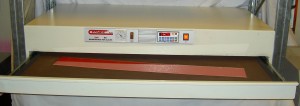 0%. Even here the exposure lasts 150 seconds and everything we have said for the display screen with the photopolymer plates is valid.
0%. Even here the exposure lasts 150 seconds and everything we have said for the display screen with the photopolymer plates is valid.
The development can be carried out in two ways: in a roller machine which subjects the plate to jets of sodium carbonate and water, or with a solution of solvent based developer.
In the first case, splashing of the machine eliminate the part not exposed to light, and engrave it. Then you should clean the cliché with cold water and cotton and check with the aid of a microscope that there are no defects or holes in the layer of Photoresist. They can be corrected with a special pen or with a steel tip, if you are too close to engraving zone.
After the correction the plate is passed through in a roller machine with jets of sodium persulfate (or ferric chloride) at 27 °C. After this phase, the dots of the screen, if the development is successful, should have turned into pointed cones: we test it under a microscope and if necessary repeat the passage for a few seconds.
At this point, you should clean the cliché and put it to soak for a few minutes in caustic soda. This substance dissolves the patina of Photoresist, which can then be easily removed from the plate: the cliché is ready to be polished with oil and packaged before use.
If instead we develop with the solution, spray the plate with it, and then wait for about ten seconds; when you start to see the graphics it needs to add another solvent until it is clear and without halos. Then the plate must be dried with compressed air and placed in the oven for about 20 minutes at 80 ° C. This step in the oven is very important and is what differentiates the two cases. Subsequently, we will put it the machine with jets of sodium persulfate, after which the plate must be put into oven to dry for another 20 minutes. Finally, you should clean it with the cleaning solvent to remove the layer of Photoresist, and the cliché is ready.
Comec Italia offers to client companies the experience and skill of its engineers: if you want to produce your cliché, showing in detail all the processes and providing assistance; if you prefer to have cliché already engraved, the photoengraving department will do it for you, quickly and professionally.
* Please note that all the procedures are functional to our conditions of work; time and temperature are therefore purely indicative and may be adapted to the context in which they practice; the execution of procedures is carried out in any case under the responsibility of the users.
